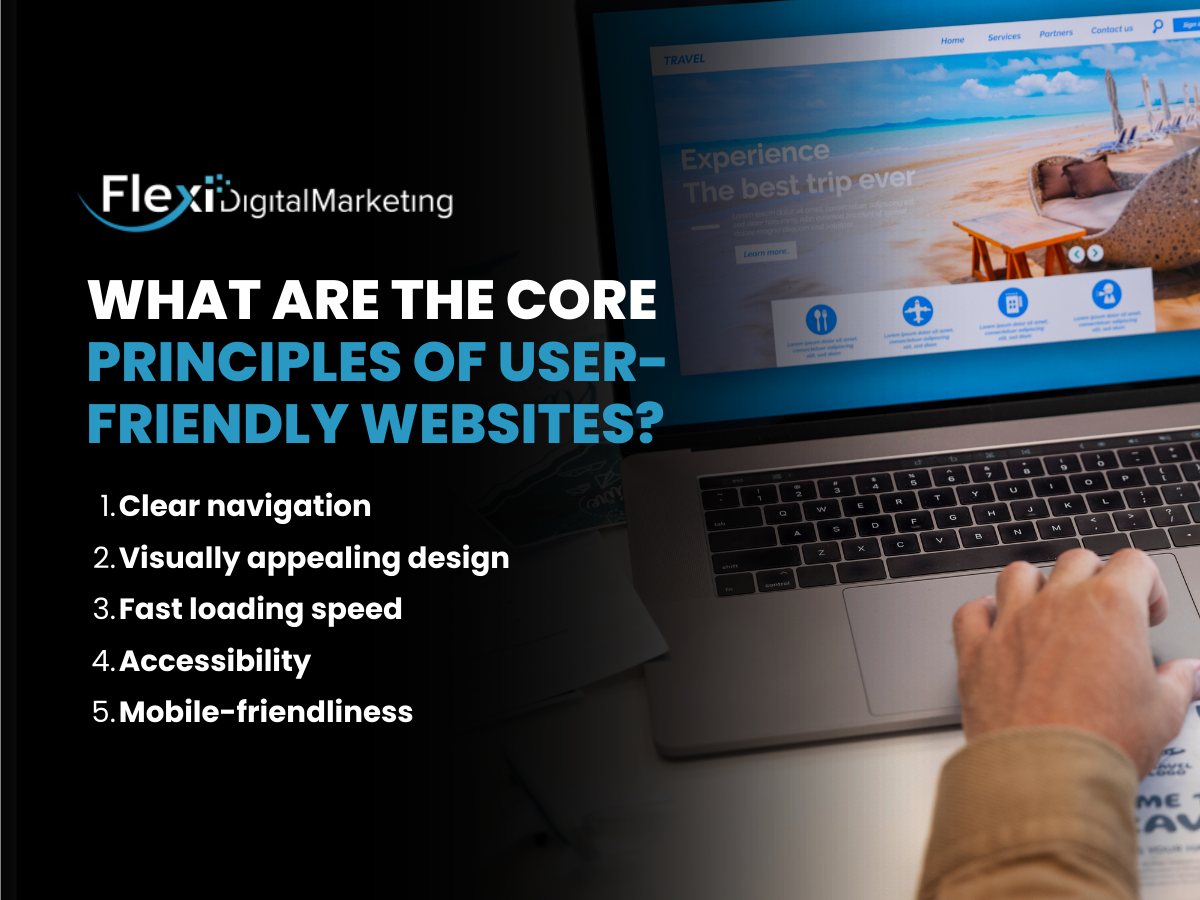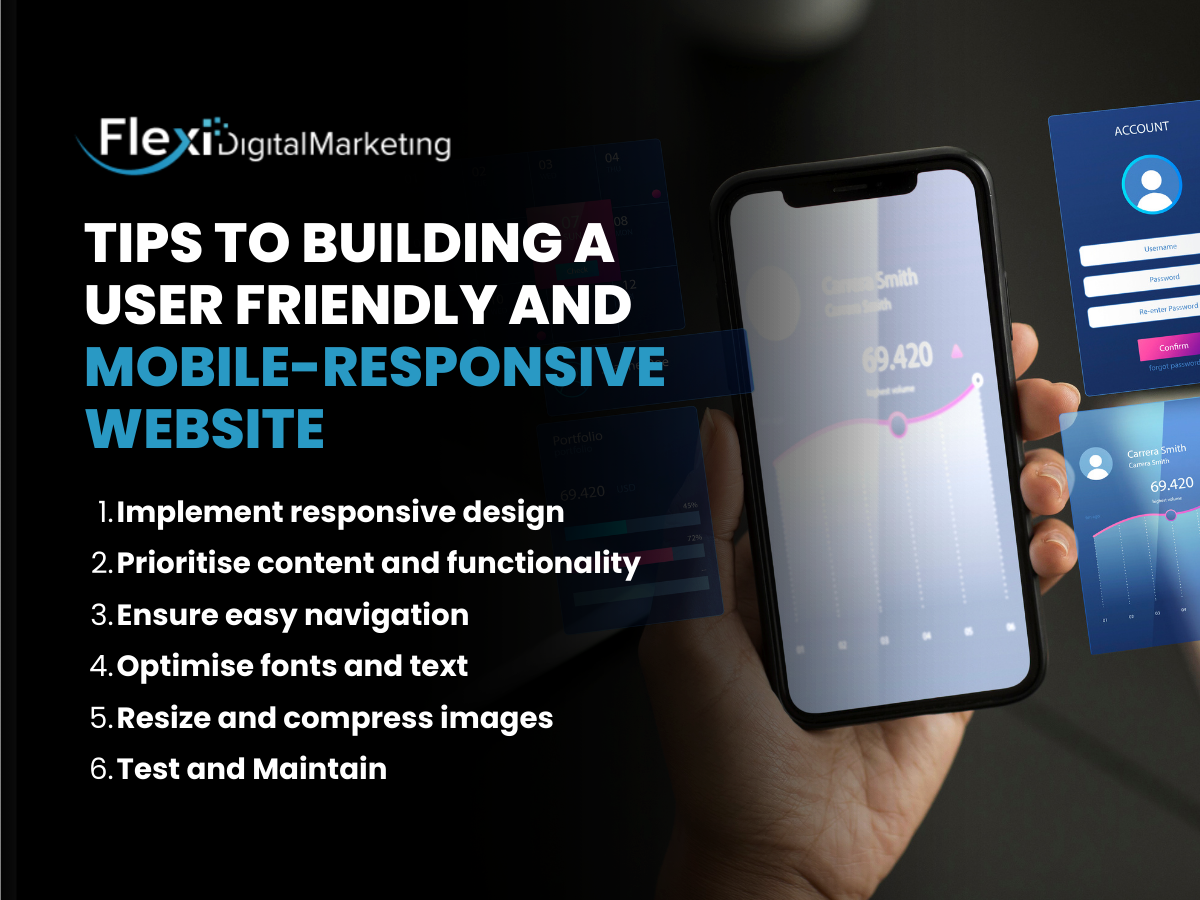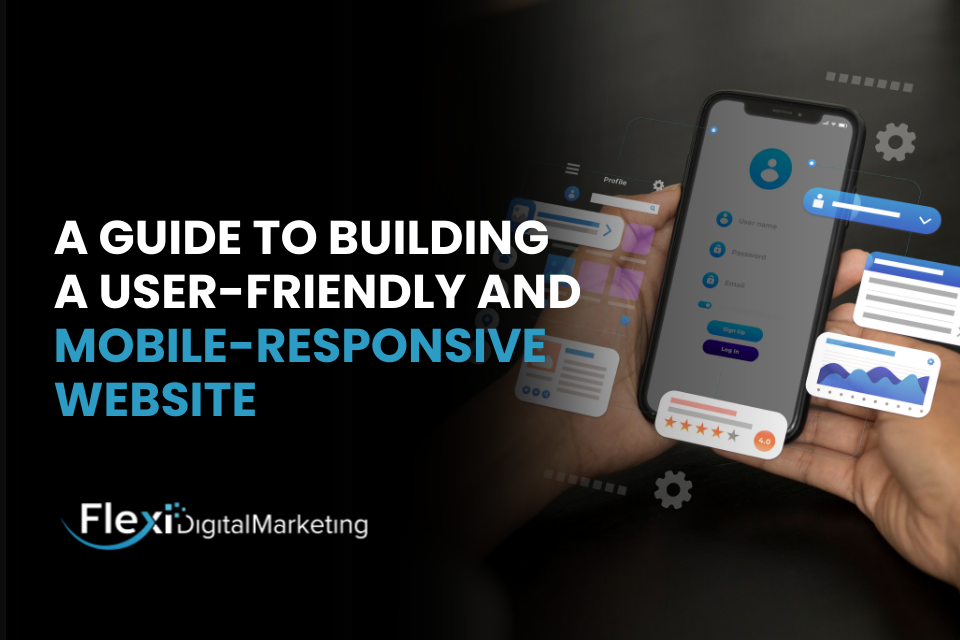Creating mobile-responsive websites is a necessity as advancement in technology continues at a rapid and consistent speed. Just a few decades ago you could only access the Internet from computers. Now, you can even access the Internet on small devices such as tablets and cell phones.
As a result, adaptation is a requirement to survive the future changes that technology creates. This includes acquiring user-friendly websites that can adapt to mobile devices and computers.
By doing so you create more options for your potential customers to reach out to you and your website, gathering more sales and brand visibility in the long run.
There are other mobile optimisation benefits that you can get once you have chosen to create your own website. The real question is how to make a user-friendly and mobile-responsive website and how to utilise it to attract more customers.
What are User-friendly and Mobile-responsive Websites?
To create a mobile responsive design is like building a physical storefront of your products and services in the physical world. The moment they enter, customers expect to have easy access to your products and services while being able to inquire about them with your customer service.
Every interaction between customers and your website must always be easy, smooth, easy to navigate, and accessible to your customers. This accessibility should include mobile device users such as smartphones and tablets.
Unlike other websites of companies, those with mobile optimisation welcome Internet browsers from different devices which create a wider reach for your product and enhance customer experiences.
What are the core principles of user-friendly websites?
There are core principles in mobile-responsive websites that make them user-friendly, seamless, and attractive to target markets and potential customers. Listed below are 5 key principles you should take into consideration before continuing with your brand. 
Clear Navigation
An effective mobile optimisation should include simple navigation that users can understand. It should have easy access to information with a simple structure that can encourage users to interact with your website continually.
Aesthetic Design
Mobile responsive websites should also include an aesthetic design with responsive functions on mobile devices. This means a clean layout that has high-quality visuals without its design being overwhelming with different functions plastered all over it.
The visuals of your optimised website should include your company’s colours and have designs that appeal to your target market.
Fast Loading Speed
A fast loading speed on mobile-responsive websites is a must. Having optimised images and codes can make your loading speed faster compared to other websites. This requirement caters to your website’s server performance, which is a turning point for the continuous engagement between users and a company’s website.
Accessibility
Mobile optimisation is all about user experience and its accessibility to a wide range of people. Not only should your website be suitable for mobile devices such as tablets and phones, but it should also have a design that caters to those with disabilities.
Colour blind users, those who require screen readers, and other necessities should always be present to continue your engagement. Being accessible to all increases a user’s comfort in your website and furthers your cause for brand visibility and sales.
Mobile-friendliness
Convert your website to mobile-friendly optimisation that can adapt seamlessly to different screen sizes. Smartphones nowadays have different sizes of screens compared to a few years ago. From smart flip phones to foldable ones, and even to giant tablets, your website must learn to accommodate all devices and their screens.
Hire a website developer who knows how to make a website responsive for all devices to accommodate all screens and devices.
Tips for Building a User-Friendly and Mobile-Responsive Website
Many website development techniques require coding, designing, and maintenance. Listed below are tips to increase the effectiveness of your mobile-friendly website. Take into consideration that you can utilise all these tips to improve your website simultaneously.

Implement Responsive Design
Mobile-responsive websites should have a design that is functional for all devices that can access the Internet. There are many responsive website templates on the Internet that you can take inspiration from and utilise to your advantage.
Prioritise Content and Functionality
High-quality content is a top priority when it comes to websites. Regardless of what your brand’s product or services are, it’s important to create different and creative content that can either promote or inform potential customers.
That being said, functionality is also a requirement for your website. Quality user experience includes being able to click on links, documents, and other functions to access your website’s navigation.
Ensure Easy Navigation
Speaking of navigation, mobile-responsive websites should also have simple navigation that helps users direct themselves to their chosen pages on your websites.
Having an overwhelming amount of functions that create different paths can become confusing for web users. This can lead to a loss of interest in your company and losing engagement.
Optimise Fonts and Text
Optimise your fonts and texts in your website when optimising your website for mobile use. Its importance is often undermined by many companies. However, if your fonts and texts do not transition seamlessly to a mobile device, users will have difficulty absorbing your content and become more frustrated.
This can deplete customer interest and overall satisfaction, which generates a loss of sales and a loss of relationships with these customers.
Resize and Compress Images
Fast loading speed in mobile-responsive websites requires developers to resize and compress graphic visuals. A fast loading speed helps your customers remain engaged and curious about your brand.
Humans by nature are visual creatures, which is why removing any graphic designs on your mobile-optimised website will only cause further loss. Instead, resizing and compressing your images to help faster loading speed can help generate more interest in your brand and inform your customers of the products and services catered to their interests.
Test and Maintain
The final step in building your website’s mobile optimisation is continuous maintenance and testing. Code structures in websites will grow eventually as your business expands. This will lead to your code structure breaking down if not properly organised.
There are many instances when your IT infrastructure is revisited. A big example is when a business is growing, and the number of visitors must be accommodated. Furthermore, the expansion of new ideas and campaigns for a company will also be added.
Testing the functions used by customers and visitors is a necessity after making any changes. This can ensure that your website is running seamlessly after any changes you have added to further expand your business growth.
Maintenance is also a key highlight of your website. Checking in on ways to organise your code’s structure while ensuring a high-quality user experience is difficult without a team of experts.
Both testing and maintenance are important for all websites. But even more so to mobile-optimisation where the work is doubled. Having your team check in with motivation and attention to detail is required to keep up your engagements and sales.
Conclusion
That concludes your list on how to create mobile-responsive websites. These tips and tricks can create a seamless experience for your target audience. This will eventually create a higher engagement rate and maximum ROI for your entire brand.
Visibility and awareness for your company are always a good thing. Learn to advertise your customer’s user experience with your website and begin establishing relationships with them.
Need more input on how to make your website design and development? Visit our blog page to learn more on how you can increase your digital marketing now!


